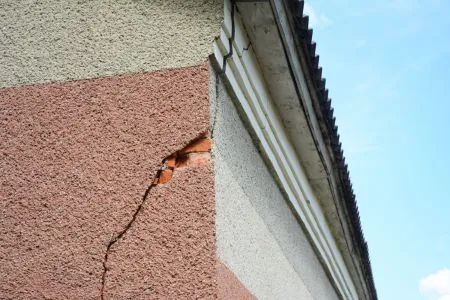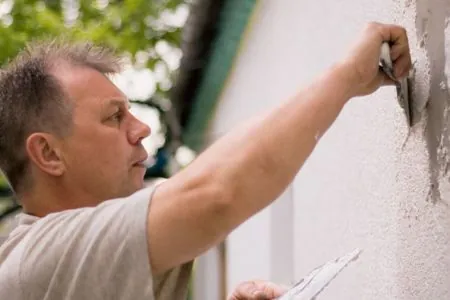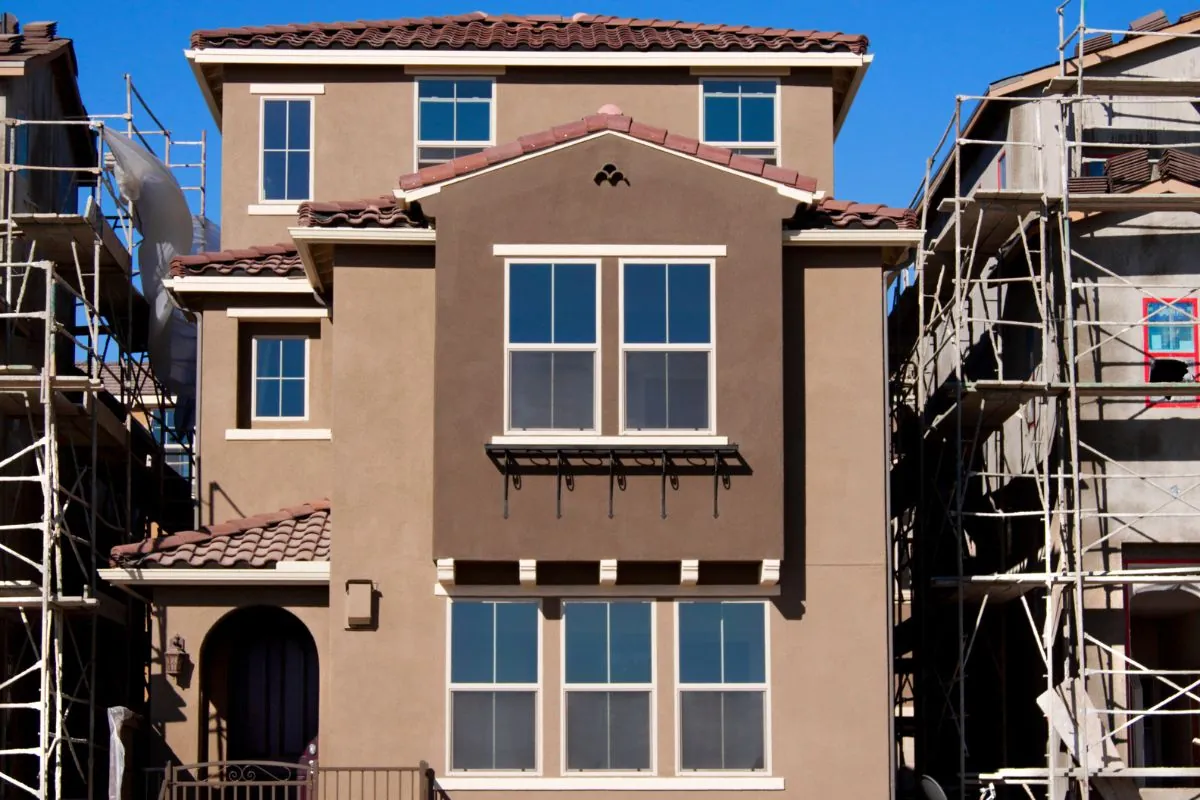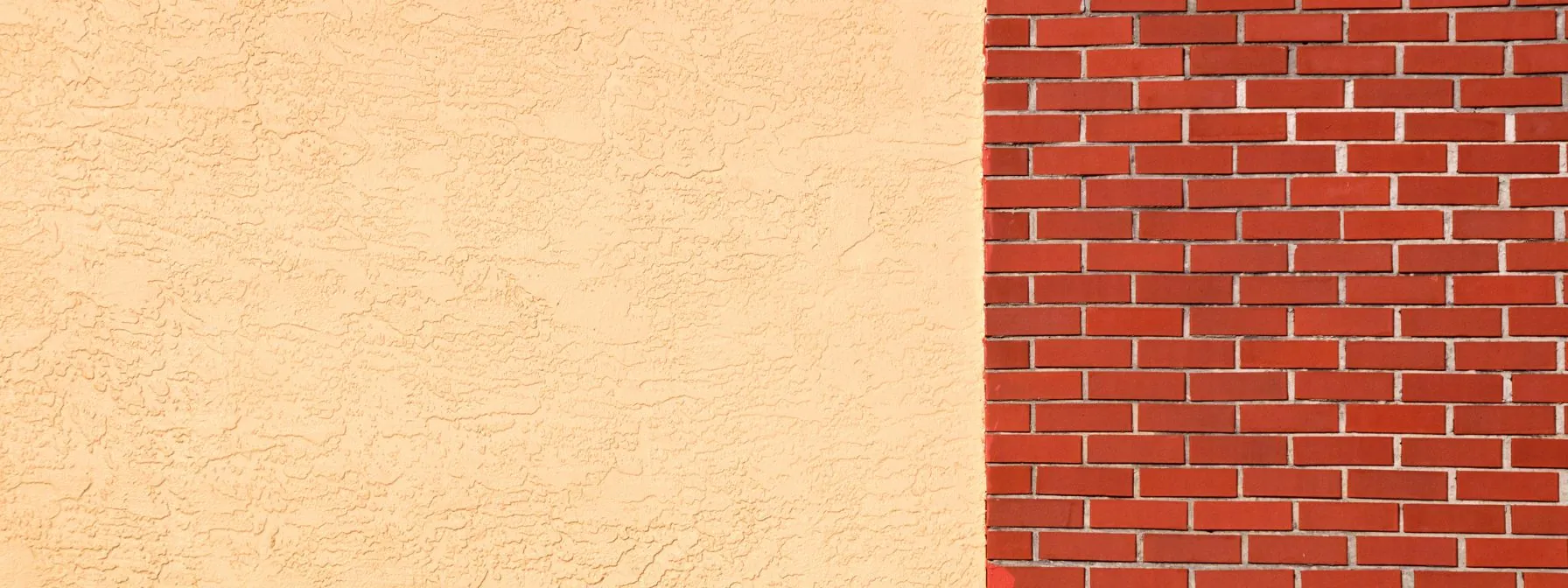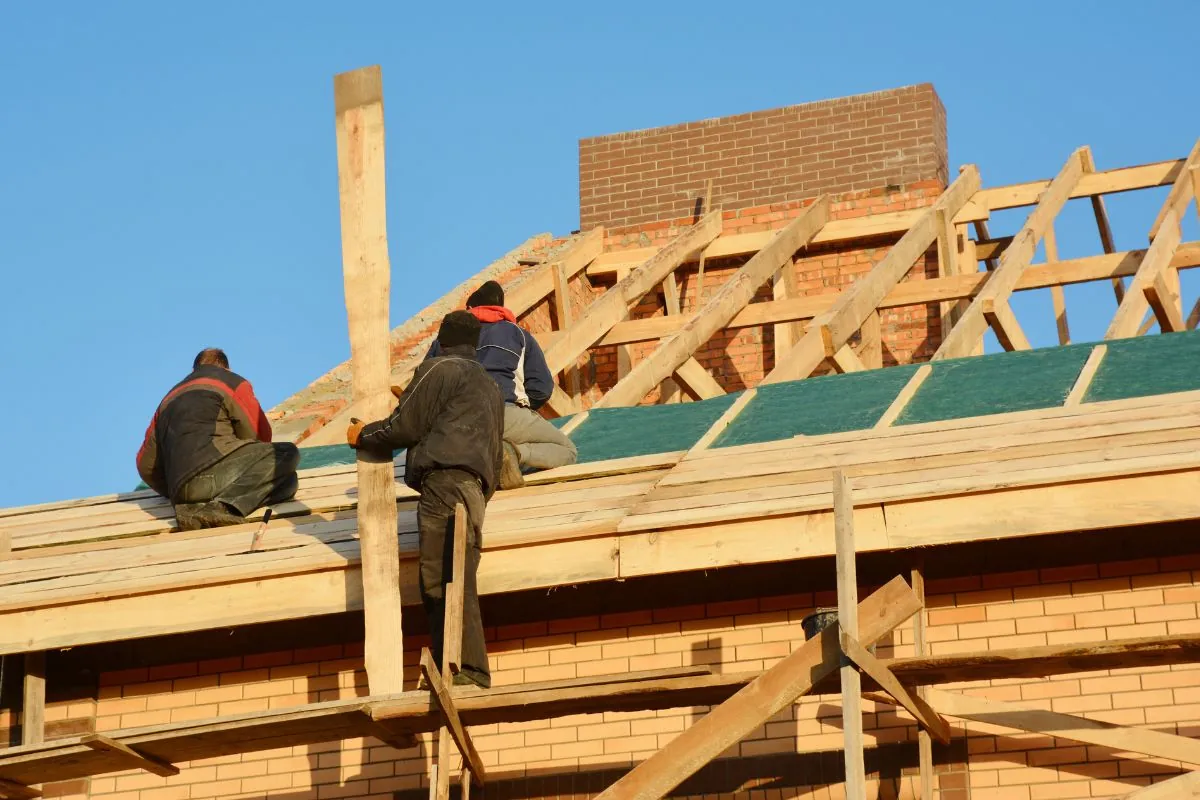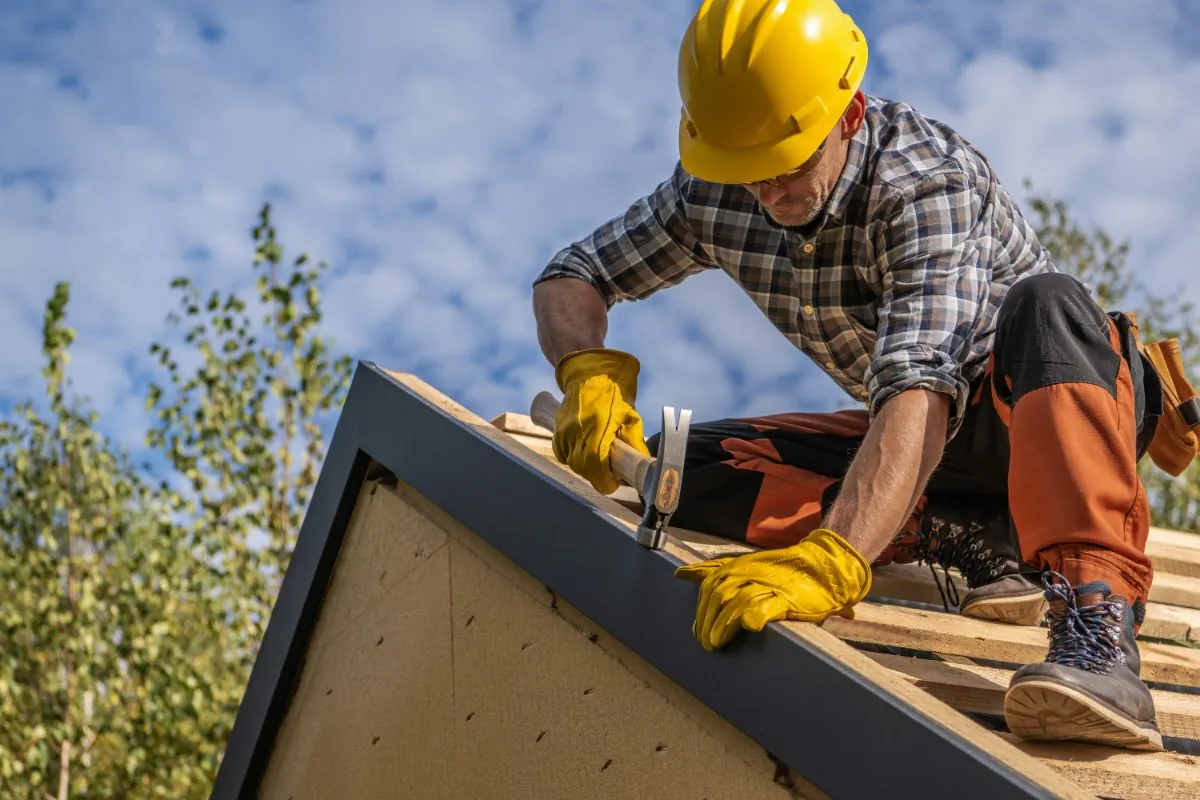There’s an old debate among residential contractors and homeowners about the best exterior for a house. Regarding stucco vs siding, both sides have their fervent supporters and detractors.
Myths and facts intertwine, making it hard for homeowners to navigate the waters of decision-making confidently. The comparison is anything but straightforward, from concerns over durability and cost to the nuances of aesthetic appeal and environmental impact.
Worry not; this guide will explain all there is to know about the topic. After reading our short article, you’ll have a good understanding of the pros and cons of both.
Understanding Stucco and Siding
Alright, so you’re ready to dive into the world of stucco and siding. Well, get ready because there’s a battle brewing between these two popular exterior finishes. Let’s start by understanding what stucco and siding are exactly.
Stucco is a cement-based material that is applied to the exterior walls of a building. It’s been around for centuries and has a long history of being used in different cultures. Think of stucco as a tough warrior, providing strength and durability to your home. It’s known for its ability to withstand harsh weather conditions and protect your walls from water damage.
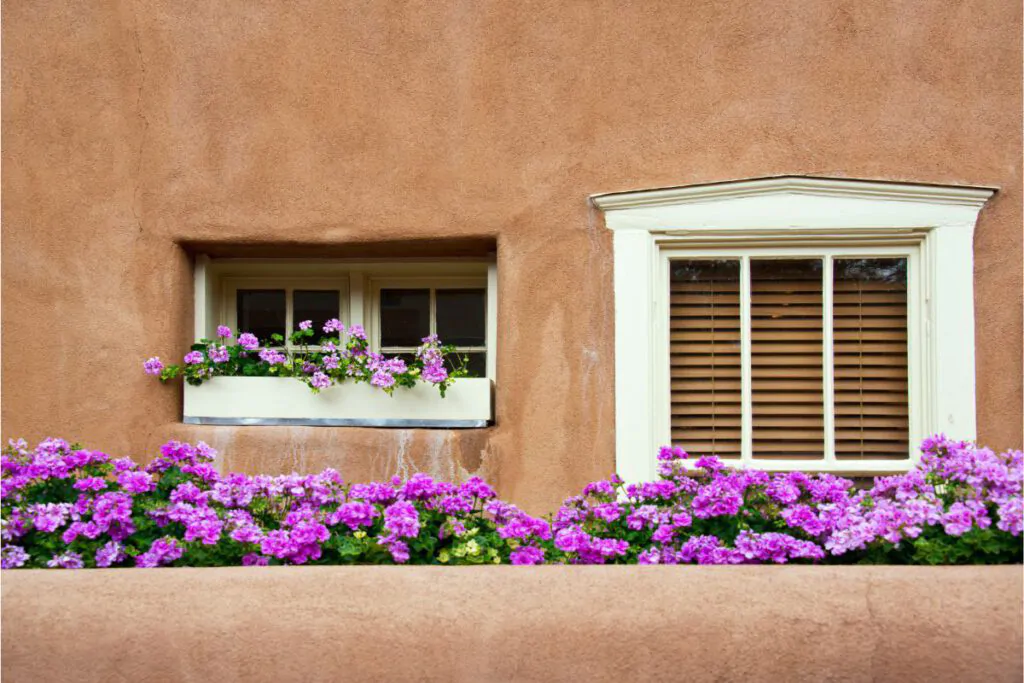
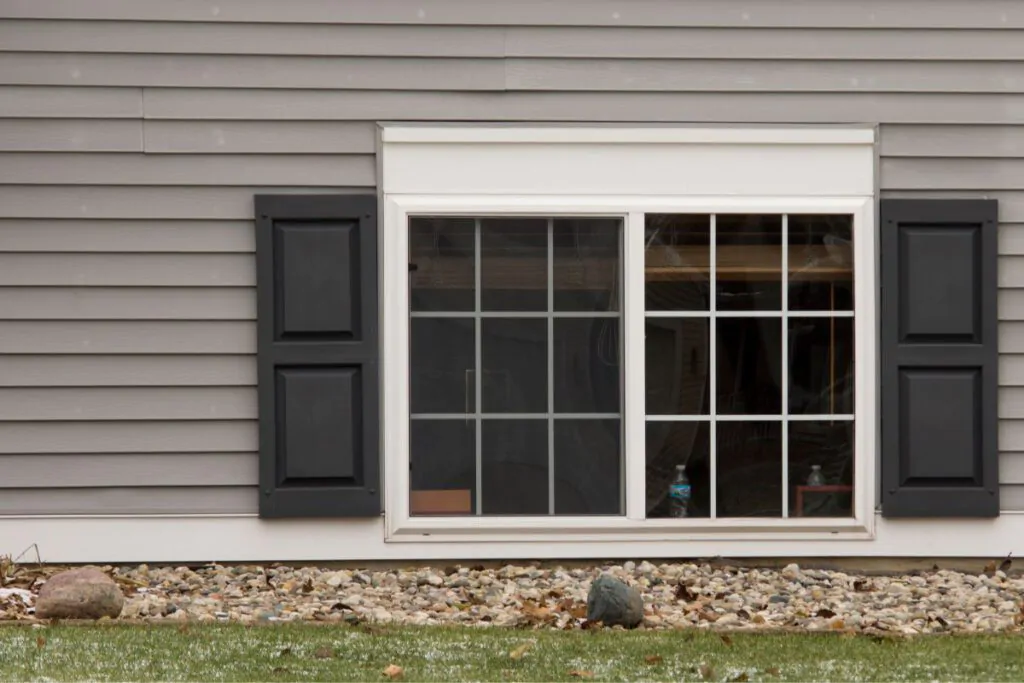
On the other hand, we have siding, which is like the chameleon of exterior finishes. It comes in various materials, such as vinyl, wood, fiber cement, and metal. Siding is known for its versatility, allowing you to choose a look that matches your personal style. It’s a skilled fighter, offering protection against elements while adding aesthetic appeal to your home.
Now that we’ve met our contenders, let’s talk about their strengths and weaknesses. Stucco is known for its durability and low maintenance, making it a popular choice for homeowners who want a long-lasting, hassle-free option.
However, residential stucco can be quite expensive to install and repair. On the other hand, siding is more cost-effective and easier to install but may require more maintenance over time.
Siding’s Secrets Exposed: Debunking Common Misconceptions
Have you been hearing a lot about different types of sidings lately? You may have encountered some misconceptions that make sidings sound like an excellent choice for your home’s exterior. Well, let’s dive in, debunk those claims, and show you why stucco may be a better option for your house!
First off, one misconception is that sidings provide superior protection against the elements. While it’s true that sidings can resist certain weather conditions, they’re not infallible. Over time, sidings can warp, crack, or detach, leaving your house vulnerable to moisture damage. Nobody wants to deal with expensive repairs and potential mold growth.
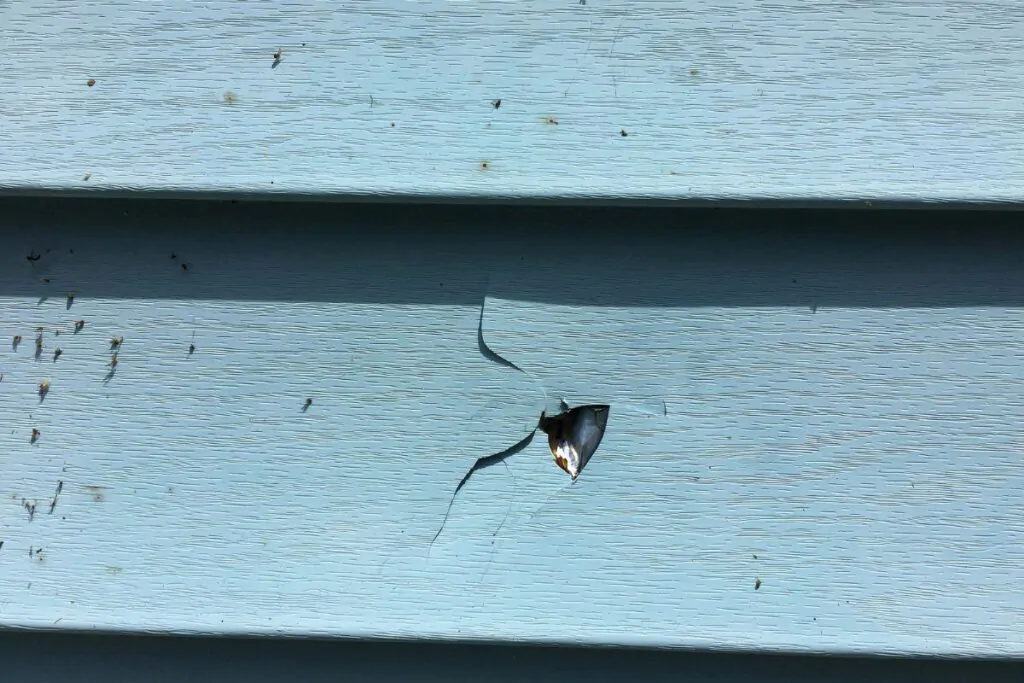
That’s where stucco steps in. With its thick, durable layer, stucco acts as a shield against rain, wind, and even the scorching sun, providing more reliable and long-lasting protection for your home.
Another often overlooked downside of siding is its maintenance requirements. Contrary to popular belief, siding is not a “set-it-and-forget-it” solution. It also needs cleaning, painting, and sometimes repairing damaged parts. This means spending both your valuable time and hard-earned money on maintenance tasks.
Durability: Stucco or Siding
So, you’re thinking about giving your home’s exterior a makeover, and you’re trying to decide between stucco and siding, huh? Well, let’s talk about durability because, let’s face it, you want something that can stand the test of time.
Now, stucco is known for its tough nature. It’s a thick coating that is often applied over a mesh base, creating a hard shell for your home. It can handle all weather conditions, from scorching heat to freezing cold. Plus, it’s resistant to fire, so it gives you some extra peace of mind.
However, stucco can be prone to cracking if it’s not applied properly or if your house decides to settle a bit over time. But hey, if it’s maintained well and any cracks are fixed pronto, stucco can stick around for a good long while.
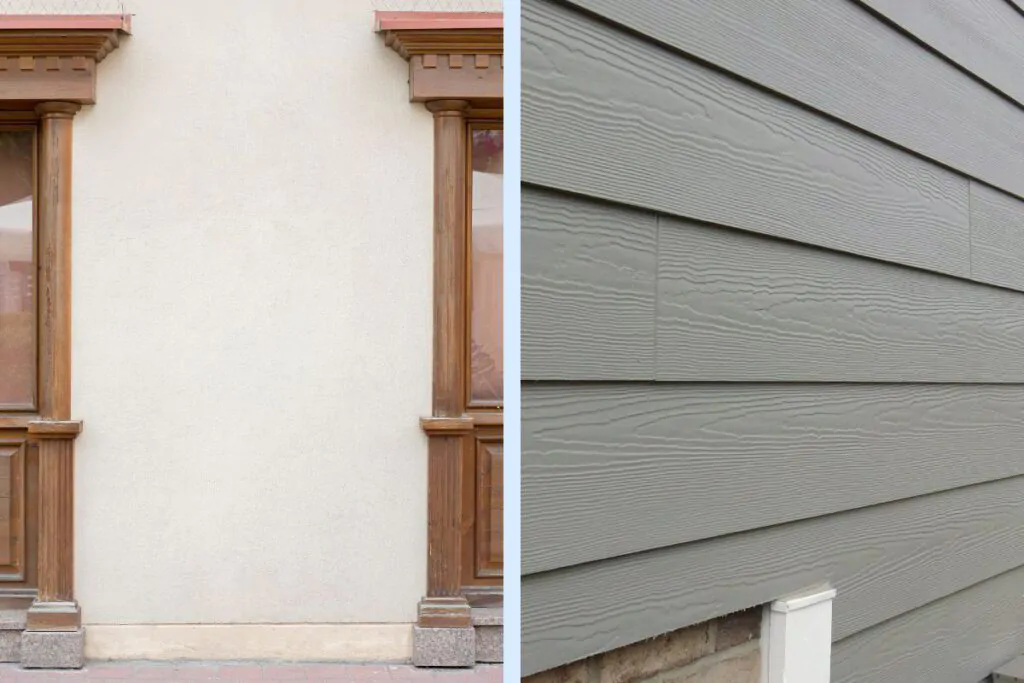
On the other hand, we have siding, and it comes in all sorts of shapes, styles, and materials. Vinyl, fiber cement, wood – the options are endless! Now, durability-wise, siding is pretty darn reliable. It can withstand strong winds, heavy rain, and even hail without breaking a sweat.
Plus, it won’t fade or peel like paint, so you can keep that vibrant color for years to come. However, some types of siding, like wood, may require a bit more maintenance to prevent rot or insect damage.
So, when it comes down to it, both stucco and siding have their strengths in terms of durability. Stucco can handle harsh climates and provides that solid, protective layer, but keep an eye on those potential cracks. Siding, on the other hand, offers versatility and can weather the storm like a champ, but it may need a little more TLC, depending on the material you choose.
Consider your climate, your maintenance preferences, and, of course, your personal style, and you’ll find the perfect match for your home’s exterior. Happy renovating, my friend!
Stucco vs. Siding Cost
Stucco is made from a combination of cement, sand, and water, which gives it a super durable and long-lasting finish. The great thing about stucco is that it requires minimal maintenance compared to other materials, like siding. You won’t have to worry about painting or dealing with rot, which can save you some serious cash in the long run.
However, stucco does come with a higher upfront cost. The materials and labor required to install stucco properly can be a bit pricey, so it’s something to consider if you’re working within a budget.
Now, let’s turn our attention to siding. Siding comes in different materials, such as vinyl, wood, or fiber cement, and each type has its own unique features and costs. Vinyl siding, for example, is one of the most popular choices due to its affordability and low maintenance. It’s resistant to weather conditions, won’t warp or fade easily, and can last for decades.
On the other hand, wood siding offers that classic, natural look, but it does require more upkeep, such as painting and sealing. Fiber cement siding is a great option if you want the appearance of wood without the high maintenance. While it may have a higher upfront cost compared to vinyl, it’s still more affordable than stucco.
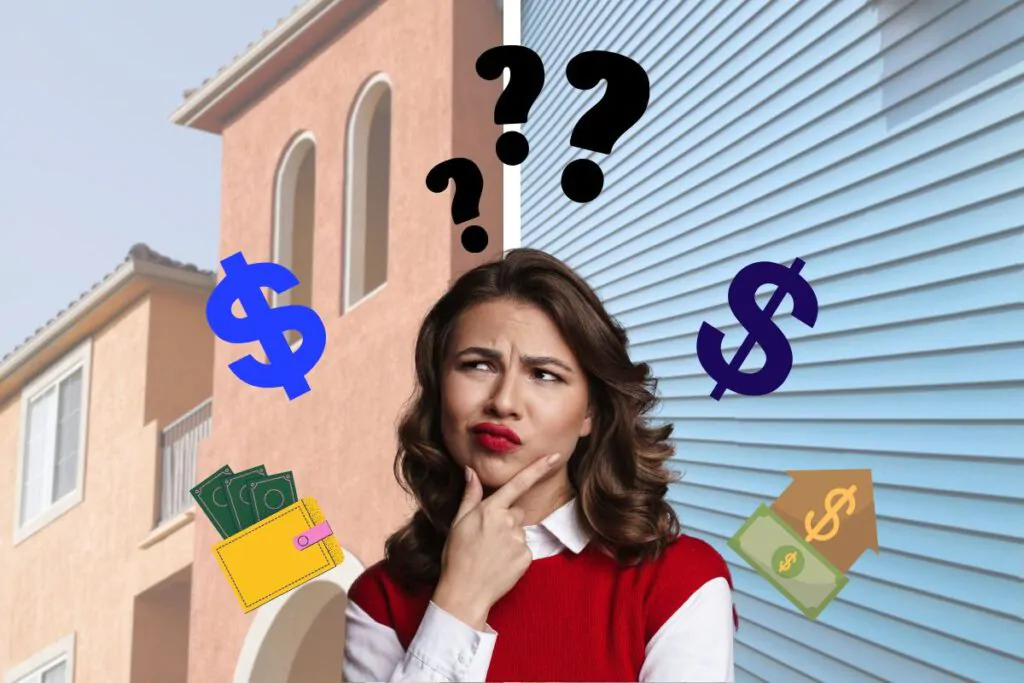
So, when it comes to stucco versus siding costs, it really depends on your priorities and budget. If durability, low maintenance, and a sleek, modern look are what you’re after, stucco might be worth the investment. But if affordability and a variety of style options are more important to you, siding is definitely the way to go. Ultimately, it’s all about finding the right balance between your personal preferences and financial situation.
Stucco and Siding’s Performance in Various Environments
Stucco installation for starters, is a fantastic option for many climates. Whether you’re living in a dry desert or a humid area, stucco holds up admirably. It’s not prone to cracking or warping, making it perfect for areas with extreme temperature changes. Plus, it’s resistant to mold and pests, keeping your home safe and sound.
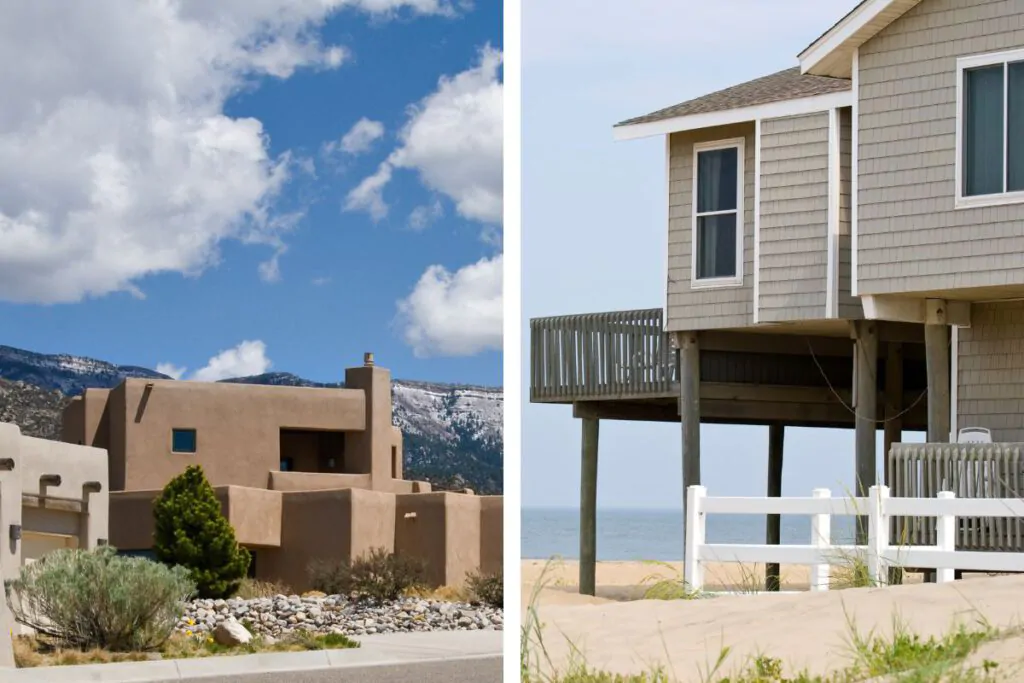
On the other hand, siding is a champ in various environments, too. If you reside in a coastal region where salty ocean air poses a threat, vinyl siding is your go-to choice. It’s highly resistant to corrosion and moisture, meaning it won’t corrode under those salty breezes. Also, if you’re living in an area that faces heavy rainfall or snowfall, fiber-cement siding has your back. It’s incredibly durable and can withstand the harshest weather conditions.
So, whether you’re basking in the sunshine of a beachfront property or bundled up in a snowy mountain retreat, stucco and siding deliver exceptional performance, ensuring your home looks great and remains protected.
Maintenance of Stucco and Siding
Stucco and siding are popular exterior wall coverings with different maintenance requirements. Stucco is low maintenance, requiring occasional cleaning due to its porous nature. Siding, made from materials like vinyl or wood, requires more upkeep, such as painting or staining every few years and monitoring for damage from impacts or moisture. Choose based on your maintenance preferences for a lasting exterior appearance.
Which is Eco-Friendly: Stucco vs. Siding
Stucco is made from a mixture of cement, water, and sand. It’s a durable material that can last for many years, so it won’t need to be replaced as often as siding. And that’s good news for the environment because less waste is always a win!
Plus, stucco is naturally fire-resistant, so you won’t have to worry about any extra chemicals being added to make it safe.
On the other hand, siding has its sustainability perks. Many types of siding, like vinyl or fiber cement, can be recycled at the end of their lifespan. So, instead of filling up landfills, they can be turned into new products.
However, it’s important to consider the manufacturing process of the siding you choose. Some sidings require a lot of energy and resources to produce, which can harm the environment.
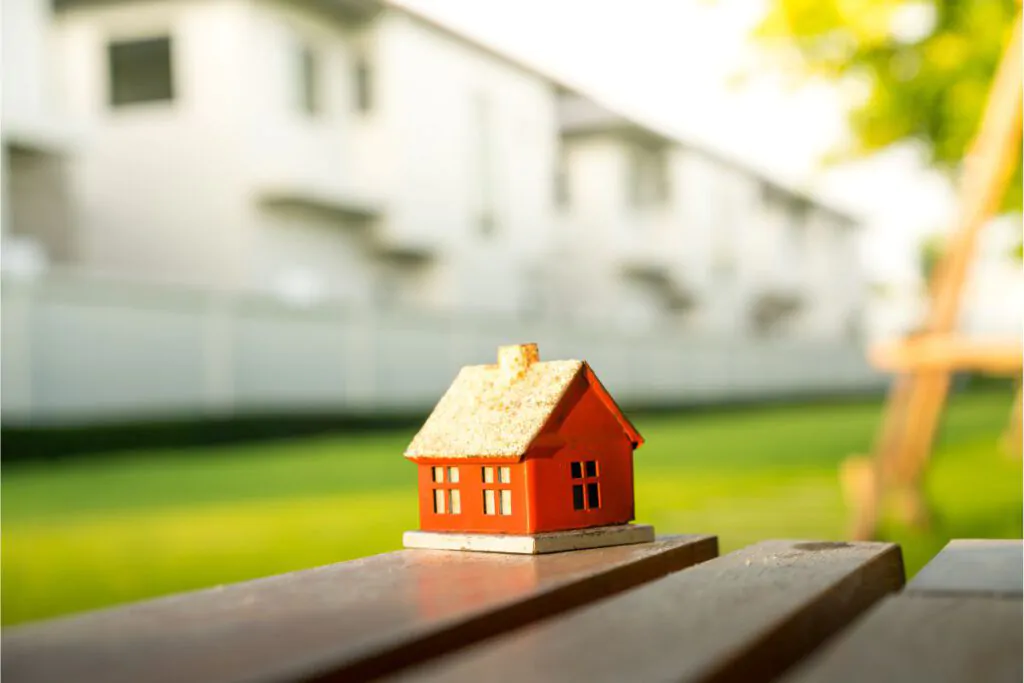
Ultimately, it depends on your preferences and priorities. If you’re looking for a long-lasting and fire-resistant option, stucco might be the way to go. But if recyclability is a big concern for you, siding could be a more environmentally-friendly choice. Don’t forget to weigh the pros and cons of each, and do your research before deciding. Mother Earth will thank you!
Decision Time: Choosing Between Stucco and Siding
It’s decision time, my friend! Don’t worry. We’ve got your back.
Let’s talk about stucco first. It’s a classic choice, known for its durability and distinct textured look. If you’re looking to give your home a Mediterranean or Spanish vibe, stucco might be the way to go.
Plus, it’s low-maintenance – just give it a quick power wash every now and then, and voila! But keep in mind that stucco can be a bit pricier upfront, so be ready to shell out some extra dough.
Siding gives you more flexibility in terms of style and design. Whether you’re going for a traditional or a modern look, there’s a siding option out there that will fit your vision. And if you like to switch things up, siding allows for easy color change – just slap on a fresh coat of paint, and your home will look brand new!
However, remember that siding requires regular maintenance, including cleaning and repainting every few years, so be ready to put in some elbow grease.
Ultimately, the decision between stucco and siding comes down to personal preference and your specific needs. Consider factors like the desired style, budget, and level of maintenance you’re willing to take on. Regardless of your choice, just remember to go with what makes you feel at home. Good luck, my friend!
Your Ultimate Stucco vs. Siding FAQ Debunked
Common misconceptions about stucco include its durability in extreme weather conditions, susceptibility to cracking, and ability to hold moisture.
Stucco and siding require different types of maintenance. Stucco may need occasional repainting and sealing, while siding typically requires regular cleaning and occasional replacement of damaged panels.
In the long run, cost-effectiveness depends on initial installation costs, maintenance requirements, and durability. Generally, stucco tends to have higher upfront costs but lower long-term maintenance expenses than siding.
Both stucco and siding can impact the energy efficiency of a home. Properly installed and insulated stucco can provide excellent thermal resistance, while siding options vary in insulation properties.
Both stucco and siding can increase the resale value of a home, depending on factors like the quality of installation, maintenance, and the preferences of potential buyers.
Yes, stucco and siding can be used for residential and commercial properties, depending on design preferences, budget, and local building codes.
